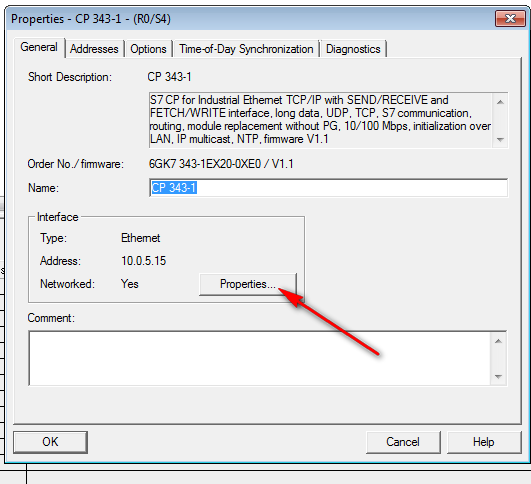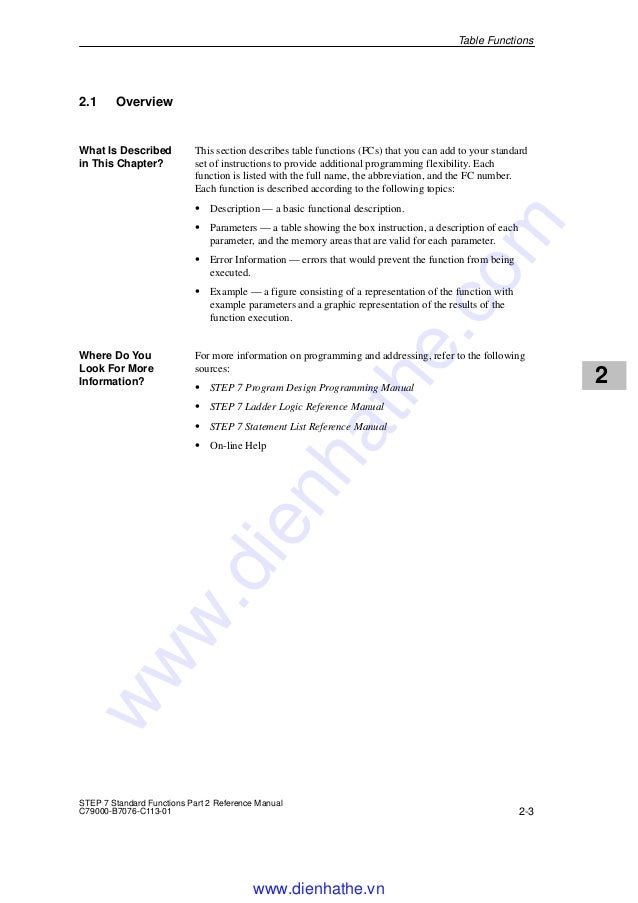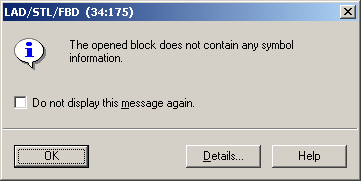

- #Siemens step 7 f name address missing how to
- #Siemens step 7 f name address missing zip file
- #Siemens step 7 f name address missing portable
#Siemens step 7 f name address missing zip file
The ZIP file contains the FMI Description file (XML), the binaries and libraries required to execute the FMI functions (.dll or. The selected approach allows a tool to store and access the variable definitions (without any memory or efficiency overhead of standardized access functions) in the programming language of the simulation environment.
#Siemens step 7 f name address missing how to
It is then possible to run the C code in an embedded system without the overhead of the variable definition (the alternative would be to store this information in the C code and access it via function calls, but this is neither practical for embedded systems nor for large models).įurthermore, the variable definition is a complex data structure and tools should be free to determine how to represent this data structure in their programs. This XML file contains the definition of all variables of the FMU in a standardized way. The schema defines the structure and content of an XML file generated by a modeling environment. Special run-time requirements should be documented in the appropriate directory inside the ZIP file.įMI Description Schema (XML) - Section 2.4 However, for maximal portability, any dependency on the target platform should be minimized and operating system services should be accessed only through standard libraries.

The FMI API does not restrict what operating system services an FMU can use on the platform it runs on.
#Siemens step 7 f name address missing portable
The FMU can signal certain events back to the importer using callback functions provided by the importer.Ĭ is used because it is the most portable programming language today and is the only programming language that can be utilized in all embedded control systems. on real-time platforms.įMI Application Programming Interface (C) - Section 2.2Īll required equations or tool coupling computations are evaluated by calling standardized C functions from the importer into the FMU. Introduction of structural parameters that allow description and changing of array sizes, even during runtime to support advanced online calibration of control code, andĪddition of the new interface type "Scheduled Execution" (see Section 5) that allows activation of individual model partitions by an external scheduler, e.g. Introduction of a binary type to support non-numeric data handling, such as complex sensor data interfaces,Įxtension of variables to arrays for more efficient and natural handling of non-scalar variables, Introduction of more integer types and a 32-bit float type (see Section 2.4) to communicate native controller types to the outside, Introduction of Clocks to more exactly control timing of events and evaluation of model partitions across FMUs, Introduction of icons to define a graphical representation of the FMU and its terminals, Introduction of terminals to group variables semantically to ease connecting compatible signals, Example XML Description File with Early Return Accessing FMI Functions in Static Libraries and Source Code

Accessing FMI Functions in Shared Libraries

Placement, Extent, and Painting Order of Graphical Items Array variables and structural parameters Getting Derivatives of Continuous Outputs Getting and Setting the Complete FMU State


 0 kommentar(er)
0 kommentar(er)
